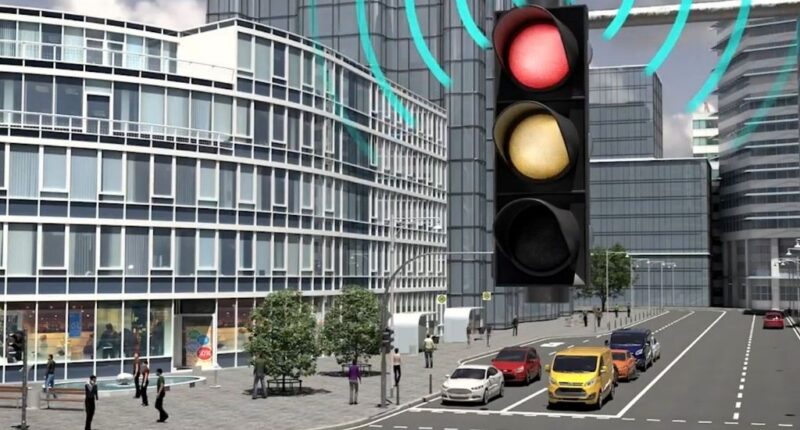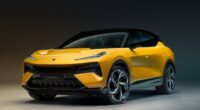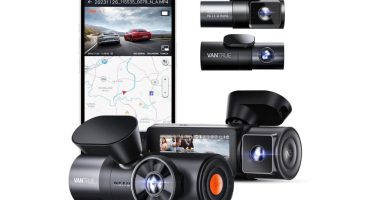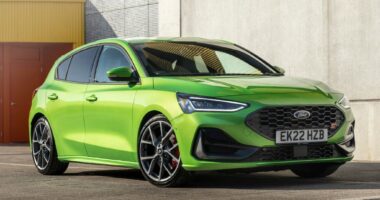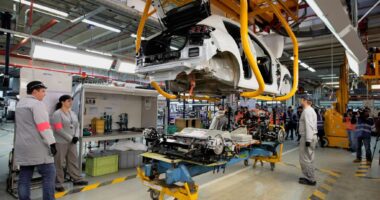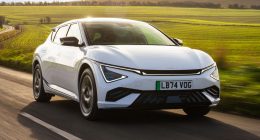In an emergency situation every second is crucial, with any delays to response times proving potentially fatal. Hold ups – particularly at traffic lights – invariably add to the total journey before first responders arrive at the scene of an incident.
As part of a much larger project that is exploring the benefits of bringing together automated and connected vehicles, Ford ran a trial between January 2020 and March this year to explore how delays involving police, fire and ambulance personnel could be avoided when travelling to a call.
“Whether it’s a fire engine attending a blaze or an ambulance that is en route to an accident, the last thing anyone wants is for these drivers to be caught up among other vehicles waiting for the lights to change,” said Martin Sommer, research engineer at Ford of Europe’s Automated Driving unit.
As part of the tests, connected traffic light technology was used on a stretch of road with eight consecutive traffic lights, and two stretches with three consecutive traffic lights. The trials took place just outside the city of Aachen in Germany.
A Kuga equipped with on-board units and rapid control prototyping hardware acted as an ambulance and passenger vehicle for the different test scenarios. For testing an emergency response situation, the car signalled to the traffic lights to turn the light green; once the vehicle passed through the junction, the traffic lights returned to its standard operation.
As well as quicker response times and reducing the risk of accidents occurring between emergency vehicles and other road users at busy intersections, there are also environmental pluses as well.
“Exchanging data between cars, emergency vehicles and traffic lights in real time using the latest mobile phone technology makes road traffic safer and more efficient,” said Michael Reinartz – the director of Consumer Services and Innovation at Vodafone Germany. “Intelligent traffic light control helps save lives when every second counts and also reduces unnecessary waiting times and cuts CO2 emissions.”
For testing daily driving situations, the test vehicle received the timing information for when the traffic lights turned from red to green and green to red. The vehicle’s speed was then adapted to help ensure a higher proportion of traffic encountered a green light.
When the traffic light was red, the vehicle’s speed was reduced well ahead of the junction and for vehicles encountering a red light, the technology helped minimise harsh braking and total time spent at a standstill.
